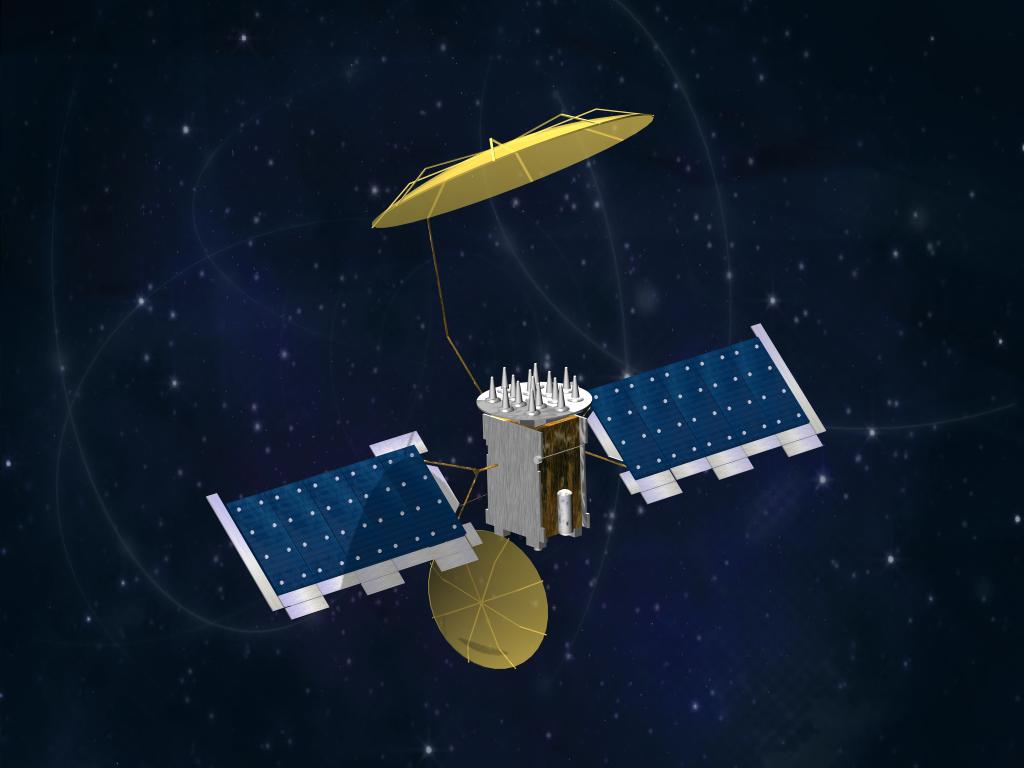It is logical that the USMC which is focused on enhanced capability to perform distributed operations but to do so in an integratable approach are keenly interested in both digital interoperability across the force and the ability to command that force with agile C2.
One of the elements in that tool kit is the new MUOS system.
As was noted in a 2018 article by Matthew Beinart:
The U.S. Marine Corps is set to become the first service to widely deploy the Mobile User Objective System (MUOS) satellite communication capability for the battlefield as it looks to install the system across its radios by this fall. MUOS capabilities will be fielded to the Marines’ AN/PRC-117G radios through the fourth quarter of FY ’18 with initial operational capability planned for the beginning of FY ‘19, as officials look to boost the force’s line of sight capabilities. The new satcom system adapts commercial cell phone technology connected to Lockheed Martin-built ultra high frequency satellites to improve mobility and operational survivability of battlefield communications on the Marines’ manpack radios.
“MUOS provides several advantages over legacy satcom,” Capt. Shawn Avery, a MUOS project officer for Marine Corps Systems Command, said in a statement. “The most obvious to the operating forces will be the increased accessibility. This will allow us to explore new operating concepts by pushing on-the-move voice and data connectivity to the squad level.”
Marine Corps officials have already fielded many of Harris’ MUOS-ready AN/PRC-117G manpack radios, and will now turn to updating the firmware to best utilize the new waveform. Future software-defined Marine radios will also be fitted to connect with MUOS.
“Previously, infantry companies had limited access to satcom, but now company commanders can employ their Marines beyond line of sight with a higher degree of confidence in maintaining those critical [command and control] links,” Avery said.
The narrowband MUOS waveform makes use of the satellites, first launched in 2012, to focus on a smaller geographic footprint. The stronger connection will give Marines more reliable mobile access with radios and improve communication in satcom-challenged environments.
Now the USMC are engaged in an exercise where MUOS is being leveraged as a key tool in delivering distributed operational capabilities.
In an article by Gidget Fuentes published by USNI News on March 4, 2020, the exercise was highlighted:
When a division of Marines deployed across a wide swath of the Southwest during a recent live-fire field exercise, the Navy’s new satellite communication system helped close a command and control gap that’s often-vexed commanders and their subordinate units.
The long-awaited Mobile User Objective System, or MUOS, promises secure, worldwide data and voice communications on the move with speeds equivalent to a smartphone. It’s an upgrade to the legacy 1990s Ultra High-Frequency Follow-On (UFO) satellite communication system.
“This thing has been a game-changer for us, especially with direction to the division two years ago to be lighter, more lethal, more mobile and more survivable,” Maj. Gen. Robert F. Castellvi told an audience at the WEST 2020 conference cohosted by the U.S. Naval Institute and AFCEA on Monday.
“It has bridged the digital divide gap we have between our higher headquarters that require high bandwidth systems and the battalion and below command posts that are dependent on very narrowband systems.”
Marines put MUOS to the test on the battlefield during the division-level exercise Steel Knight 2020, held in late 2019 in Southern California, Arizona and on ships at sea. The exercise pitted 13,000 Marines and sailors, against a near-peer opposing force to challenge 1st Marine Division units.
The Marine Corps has begun fielding MUOS to operational units, including the 1st Marine Division, based at Camp Pendleton, Calif.
The featured graphic is an undated Lockheed Martin artist representation of a MUOS satellite. Lockheed Martin Photo
RF and THC Comm Test Devices_Moore


